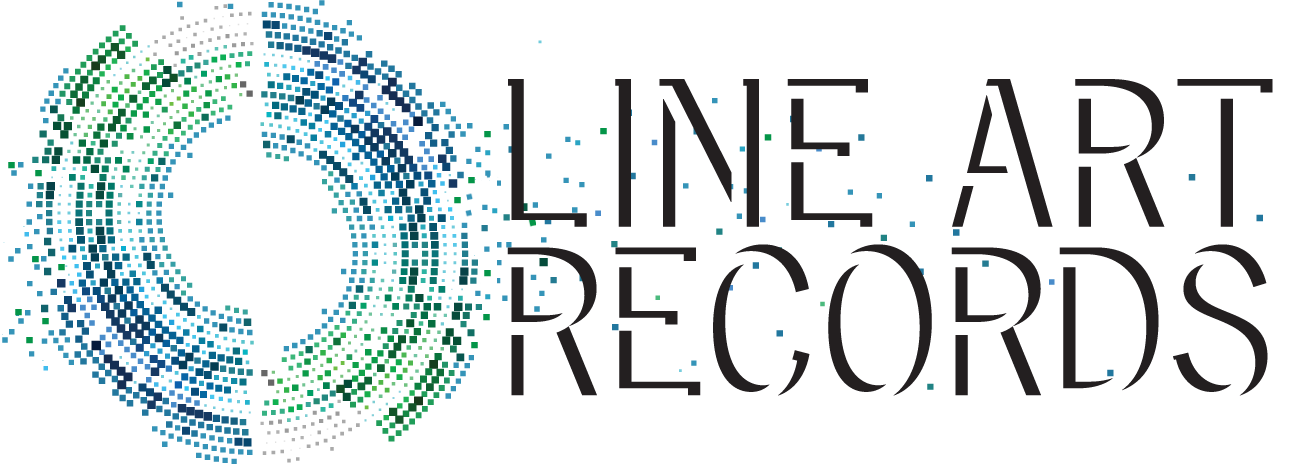Carol Liebowitz, piano
Nick Lyons, alto saxophone
REVIEW OF FIRST SET
Our website got to know New York pianist Carol Liebowitz back in 2015 with the debut album of the Payne/Lindal/ Liebowitz trio and their new independent Line Art Records label. We meet her again in this second album, which will go on sale starting in January of 2017, this time playing in a duet with alto saxophonist Nick Lyons.
Carol started with classical music and is a graduate of NYC’s High School of Performing Arts. She then switched to jazz improvisation in large part thanks to pianist Connie Crothers, a leading representative of avant-garde jazz and student of Lennie Tristano. Liebowitz performs regularly in top New York clubs and tours in Europe. She plays in a variety of formats—sextet, quintet, trio (as we saw previously) and—probably her favorite—duet, in which she has worked with a range of instrumentalists—tenor saxophonists Bob Field and Lorenzo Sanguedolce, percussionist John Wagner, fellow pianist Mark Gabriele and guitarist Andy Fite with whom she also performed as a vocalist. Carol is a sought-after partner and authority in the NY avant-garde New Jazz scene. In addition to the trio album—with clarinetist Payne and violinist Lindal—she has two more discs on the New Artists label.
Carol’s current partner alto saxophonist Nick Lyons is another well known NY improviser who performed with Liebowitz in spring of 2016 in a quartet with Daniel Carter and Andrew Drury. Their chamber-style album entitled First Set did include some earlier recordings. The main part of the album—seven compositions—is a recording of a concert performance of the duet in Connie Crothers’ loft in Brooklyn in May 2012. It also includes a studio recording of “Another Time” made five years earlier.
Stylistically the album is close to past work of the Payne/Lindal/Liebowitz trio in that it is contemporary improvisational music born of the “here and now,” in this instance the loft in Brooklyn, and whose harmonic structure very much gravitates to the academic avant-garde. Apart from two pieces by Connie Crothers—“Carol’s Dream” and “Roy’s Joy,” the music is all original. These recordings attest to an almost telepathic connection, as subtle and translucent as the most exquisite Flemish lace, between Lyons’ alto saxophone and Liebowitz’s piano. Sometimes both instruments play in unison but mostly the piano sensitively responds to each movement of the sound of the alto saxophone and it is in the emergence of this free form music that the special attraction of the album lies. As a rule the artists play at a moderate pace as if allowing the listener to appreciate the beauty of each other’s musical moves. I was particularly impressed by “The Very Thing” where for the most part the musicians play solos in turns and where each response is in answer to the previous solo. Nick’s alto saxophone voice sometimes descends to unusual timbres for this instrument and Carol’s piano sound at times has a slight blues feel harking back to the good old jazz from which their music has traveled far without becoming in any way less interesting.
Leonid Auskern, jazzquad.ru
October 24, 2016

